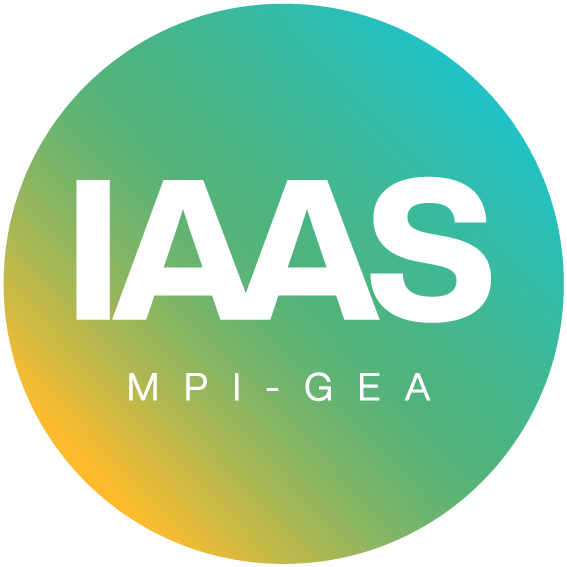Archaeobotany, or (paleo)ethnobotany, is the study of past plant-people interactions using multidimensional field and laboratory techniques for the recovery and analysis of ancient plant remains. Traditionally, archaeobotanical studies have focused heavily on cereal crops domestication, but now, research on long-generation perennials, notably fruit and nut trees, is becoming more common. At the Max Planck, the Fruits of Eurasia: Domestication and Dispersal (FEDD) project seeks to identify the origins of some of the most familiar fruits in your kitchen and to better understand the processes of evolutionary change that resulted from human interaction. The FEDD team is using a multidisciplinary approach to identify the ancient cultivation and eventual domestication of familiar fruit trees along ancient trade routes like the Silk Road. Ultimately, the FEDD team is tracing the route that the fruits on your table took to arrive there.
In this video, MPI-GEA researchers Kseniia Ashastina, Traci Billings, Rita Del Martello, Basira Mir Makhamad, Li Tang, and Madelynn von Baeyer showcase the Archaeobotany facilities and instrumentation for the investigation of macrobotanical remains as well as phytolith and starch microremains. The light microscopy section consists of three high-power Olympus microscopes fitted with digital cameras for direct imaging and measurement. A Keyence VHX6000 fully digital microscope possesses a continual magnification range from 10 to 2000x and provides auto-photo correction and stitching. The Keyence has a mobile lens allowing for the microscopic analysis of small artefacts as well as the surface of larger artefacts. The laboratories also include a JEOL InTouch Scope JSM-IT100LA compact SEM with an attached Energy Dispersive X-ray Spectrometer (EDX).
Please visit our Facilities page on our Department website for more information.



